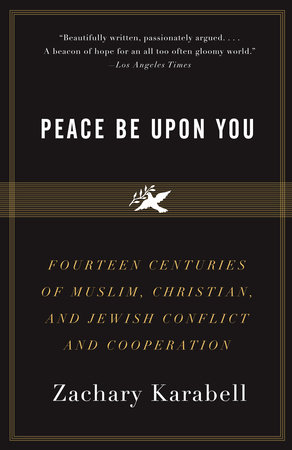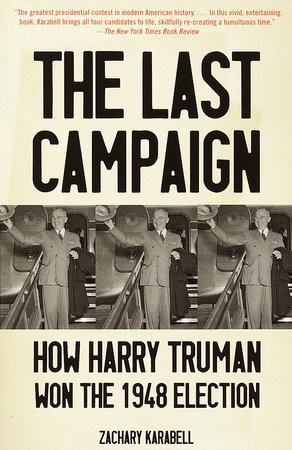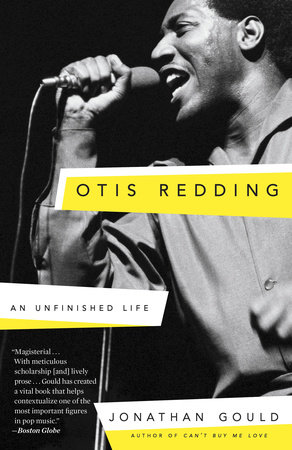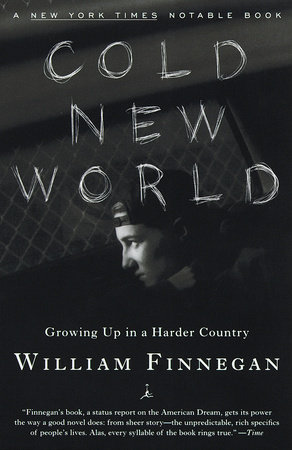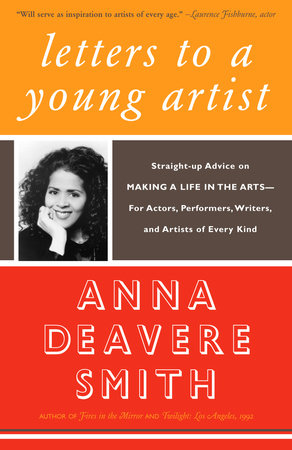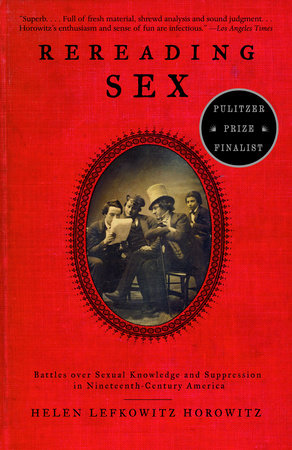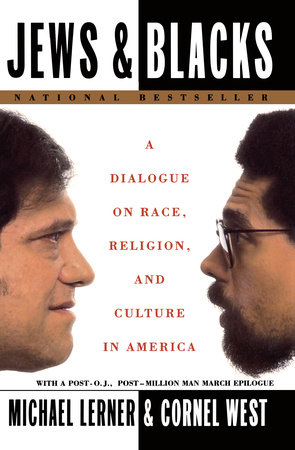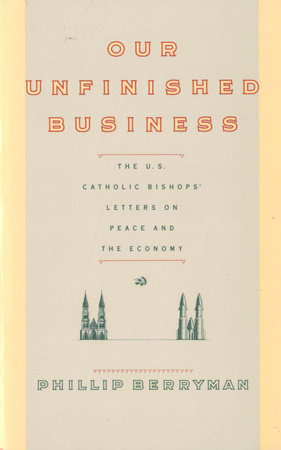Q: While PEACE BE UPON YOU details the history between Muslims, Christians, and Jews, it seems to focus most heavily on Muslim culture. Why did you choose to structure the book this way?
A: There’s really only one reason for that: most interaction between Muslims, Christians, and Jews has taken place in Muslim societies. There are exceptions, such as Spain after the 13th century, the Crusader states of the 12th century, and to some extent, the colonial rule of the Europeans in the 19th and early 20th centuries, but for the most part, Muslims, Christians and Jews have coexisted mostly in Muslim societies. Until the very last years of the 20th century, in fact, there were few Muslims in Europe or in the United States. In the 21st century, the interaction between Muslims, Christians, and Jews in societies that are mostly Christian–especially Europe but also the United States with its growing group of 5 million Muslims–will be a major factor shaping how those societies evolve.
Q: You write: “Today, millions of people–especially in the Muslim world–still believe the myth that the caliph ruled the spirit as well as the flesh of his subjects and that the early Muslim empires represented a unique synthesis of faith of power.” Why has this had troubling implications for how Islam has been defined in our modern world? What can be done to reverse this thinking?
A: If you believe that there is no separation of church and state in the Muslim world, then you usually think that there is little chance for faiths to coexist. That’s rooted in the belief that religious freedom and tolerance are based on separate spheres for private faith and public action. But Muslim societies have always recognized a distinction between religion and politics, certainly in practice if not necessarily as an ideal. The vision of Muslim extremists that classical Islam was a fusion of church and state is a fiction that is not grounded in most of history. As with any distorted view of the past, the only thing that can be done to counter such thinking is to highlight the forgotten stories that present a different picture.
Q: You discuss many revolutionary religious figures from the past such as Muhammad, Saladin, and Sabbatai Sevi. Who, in your opinion, were the most significant religious leaders of the past? Who are they today?
A: Clearly, Muhammad is the pivotal figure, but there are so many stories from his life that it is possible to find support from his example for almost any course of action if one is looking for a guide of moral behavior. Today, extremists such as Bin Laden get the attention, but there are other voices, both secular and religious, who speak for another, more peaceful path, whether they are political leaders such as Jordan’s King Abdullah or religious leaders such as Imam Faisal Abdul Rauf in New York City.
Q: You note that the actual history of the Crusades was a lot more mundane than history paints it to be. Why do we romanticize the Crusades? Why are they seen today as having been so divisive?
A: We romanticize the Crusades because of a century or more of books and movies that romanticize the Crusades. From the novels of Sir Walter Scott to Hollywood’s fascination, the Crusades have been the perfect blend of high ideals and war. The downside is that they are an easy symbol of the violence and hatred that has characterized some of the history between Muslims and Christians. The Crusades also perpetuate the view that these religions are locked in a struggle to the death, and for Muslims today, they are a reminder of a time when the West literally invaded the Muslim world for religious reasons.
Q: How has the change from Muslim societies’ dominance to lack of power influenced them today?
A: No society loses power gracefully. For more than a thousand years, the story of Muslim history was one of triumph with occasional setbacks. Then, in the 19th century, Europe dominated, and that was followed by the rise of the United States in the 20th century and the creation of Israel. The result has been turmoil for the Arab world most of all, and a cycle of self-recrimination and blame. There has also been less tolerance for other religions, but that isn’t unique to the Muslim world. Few societies manage to stay tolerant of differences when they feel insecure and under siege. Look at America post-9/11, where people have been willing to accept more limitation on freedom in return for more security.
Q: You argue that in most of the nineteenth century, religion was not a primary cause of conflict among Muslims, Christians, and Jews, and that it was not the common view to see religious identity as an important social factor. When did this change and why?
A: At the end of the 19th century, most people throughout the world thought the days of religion were numbered. A century later, it is on the upswing. At some point after the middle of the 20th century, people in both the western world and the Muslim world began to question the promises of secularism, science, and progress, and, they turned back to religion. That in turn was the necessary prelude to the rise of religious extremism in the last decades of the 20th century and now in the first decade of the 21st.
Q: When European nationalism rose toward the end of the nineteenth century, organized religion declined. Does European nationalism still have an effect on religion? Does the same theory hold true in modern day America?
A: Europe has become post-religious and post-capitalist, but the United States has managed to maintain both a high level of nationalism and a high participation in organized religion. In this way and others, the United States in unusual. It manages to be highly religious, yet also tolerant of high level of religious diversity.
Q: In the last chapter of PEACE BE UPON YOU you argue that the future of coexistence might look like Dubai. Why would this work, in your opinion?
A: Dubai has the right conditions for coexistence: namely prosperity and security. Its government is economically laissez-faire but provides enough security to make businesses and entrepreneurs feel safe. Somewhat like the Ottomans centuries ago, and like Singapore today, the government of Dubai doesn’t care what people believe, only that they contribute to the collective good. Dubai may be excessive, vulgar, Vegas-like, and amoral, but that just says that coexistence doesn’t need to be some pristine thing, full of high-minded souls; it just means that people of different creeds and colors go about their lives and pursue their ambitions without caring much about what other people believe or to whom (if anyone) they are praying.
